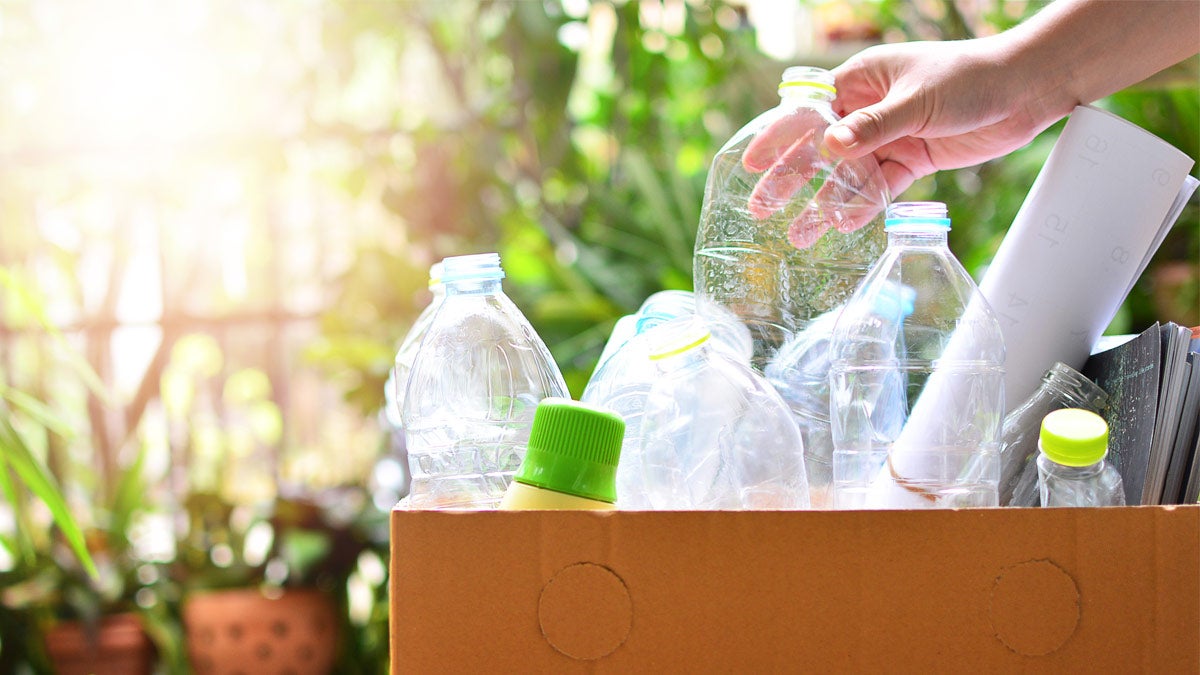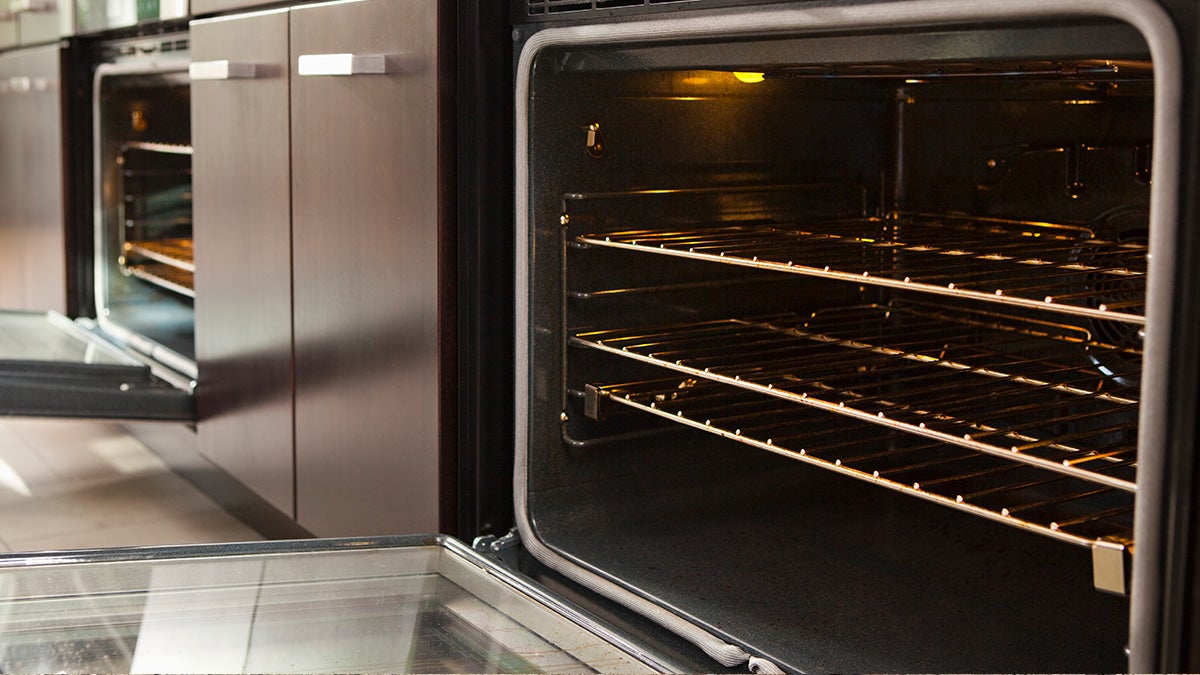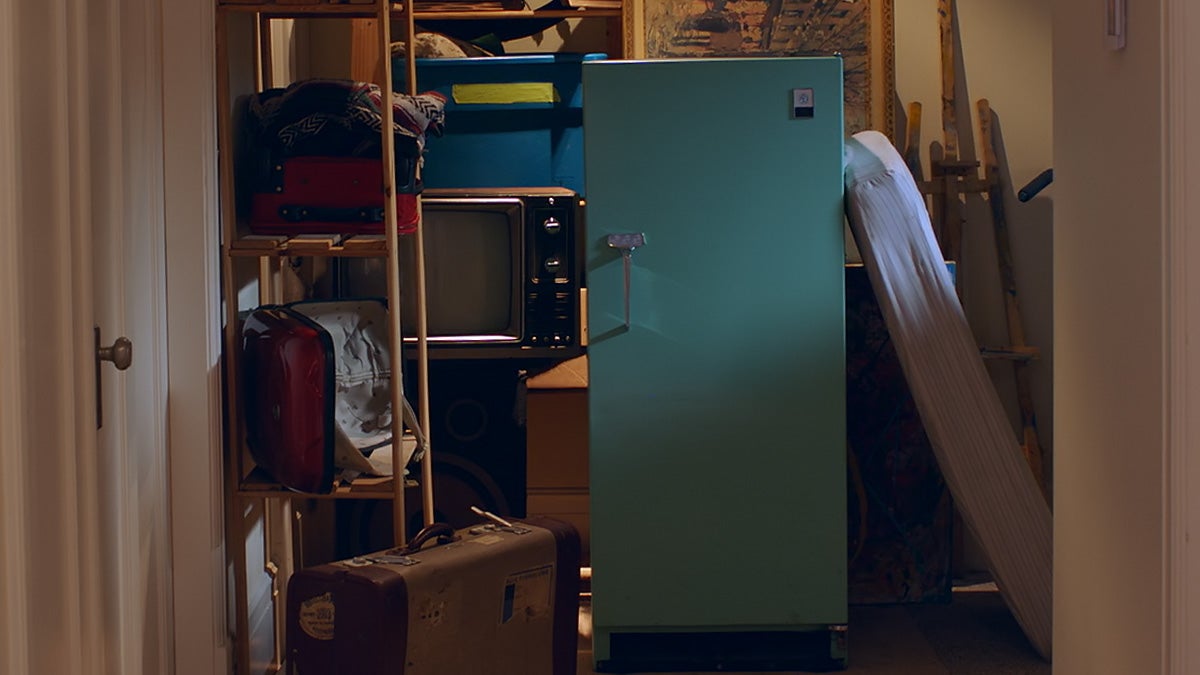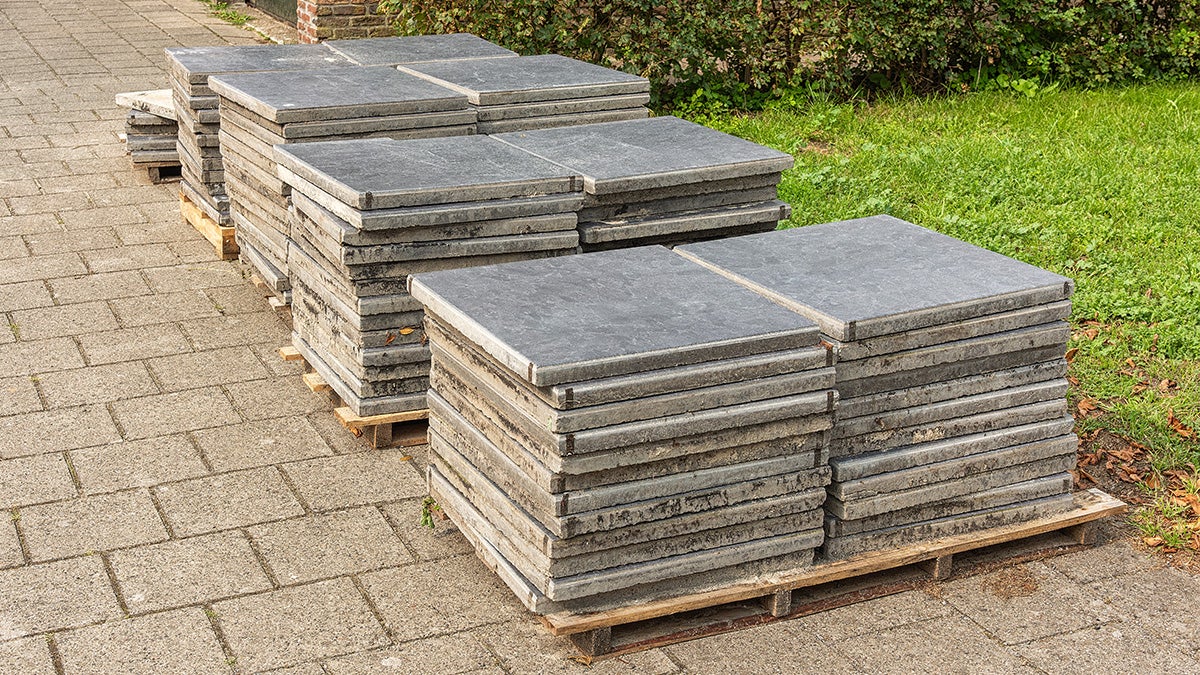We all want to work toward a greener planet, but not everything can be recycled in the same way. To ensure as many items as possible stay out of the landfill, it is important to pay attention to the small codes stamped onto plastic, glass, and paper products, as they let you know how to recycle the item properly.
If you’ve ever wondered how recycling works, read on for a list of recycling codes and how to navigate them.
Plastic Recycling Codes
According to National Geographic, a shocking 91% of plastic isn’t recycled. One way to help lower that number is by increasing your knowledge around the different ways various plastic types get recycled. Plastics have seven different recycling codes. Usually the higher the number the more difficult it is to recycle.
1. Polyethylene terephthalate (PET/PETE)
PET or PETE, is very common, easy to recycle, and is accepted by most municipal recycling programs. This type of plastic is commonly found in disposable food and drink containers including: water bottles, pop bottles, prepared/frozen food containers.
2. High-density polyethylene (HDPE)
This type of plastic is non-transparent. It is also widely accepted in municipal recycling programs. HDPE is found in household cleaner bottles, shampoo bottles, yogurt containers, and more.
3. Polyvinyl chloride (PVC)
PVC is more difficult to recycle than the first two plastics mentioned above. Want to know why? Unfortunately, PVC is known to contain phthalates, a suspected carcinogen. This type of plastic can be found within children’s toys and a variety of bottles including detergent and shampoo.
4. Low-density polyethylene (LDPE)
This type of plastic is soft and flexible, and can commonly be found in thin plastic bags. Slowly but surely, this type of plastic is being added as an acceptable item to recycle. However, please check to make sure it’s accepted in your area. One way to work around this is to use reusable fabric bags instead of the plastic version.
5. Polypropylene (PP)
This type of plastic can be found in straws, soft-drink cups, and other food containers like utensils. PP Plastic can be recycled, but to be safe please check to make sure it’s accepted locally.
6. Polystyrene (PS)
This type of plastic is also known as styrofoam, which is commonly used in takeout containers and disposable cups. Unfortunately, PS contains styrene which is a known carcinogen. It is not commonly accepted within recycling programs.
7. Other
Includes plastics not included in the previous six categories, including BPA, polycarbonate and bio-based plastics.
Glass Recycling Codes
Most glass food and beverage containers can be recycled, just be sure to rinse them out first! However, other kinds of glass, like windows, ovenware, Pyrex, and crystal are manufactured through a different process and cannot be recycled. There are three types of glass recycling codes:
- Mixed Glass (GL-70)
- Clear Glass (GL-71)
- Green Glass (GL-72)
Paper Recycling Codes
Most paper products can be recycled. However, dirty or greasy paper, along with laminated paper, cannot be recycled. There are three types of paper recycling codes:
- Cardboard (PAP-20)
- Mixed Paper (PAP-21)
- Plain Paper (PAP-22)
To keep this information top of mind, print out our handy one page Recycling Codes Guide! Put it up in your kitchen or near your recycling bins for easy reference (or snap a photo of it if you want to be extra green!).






